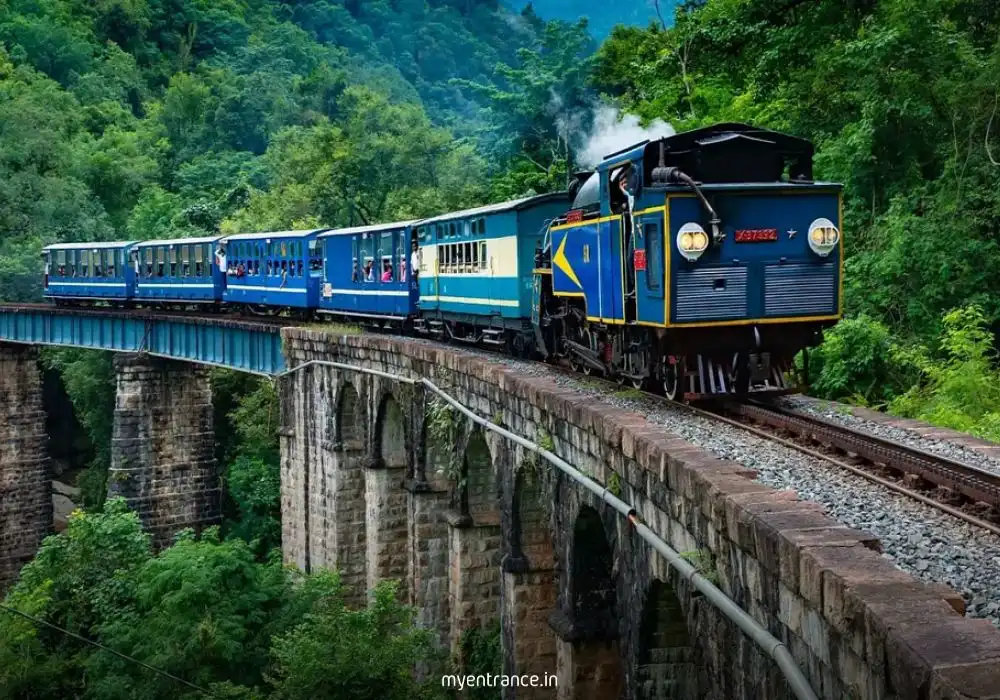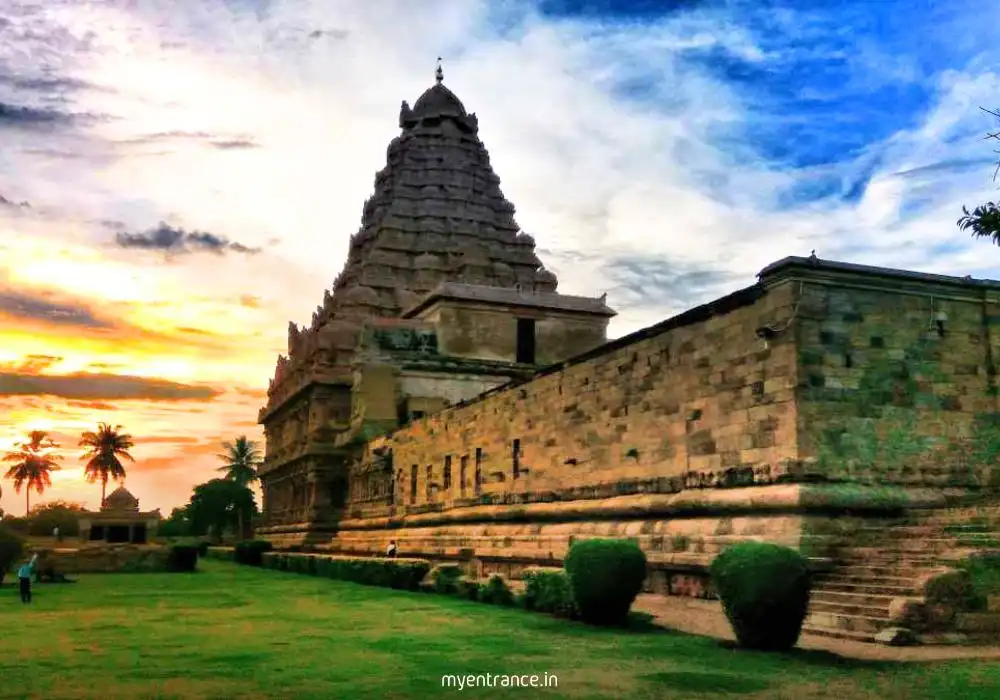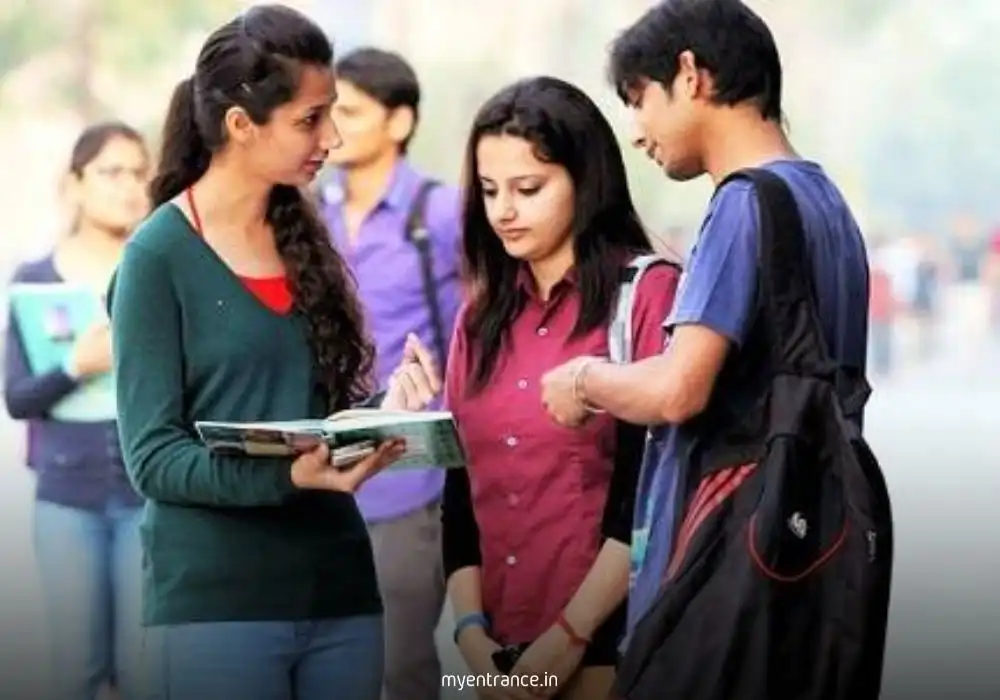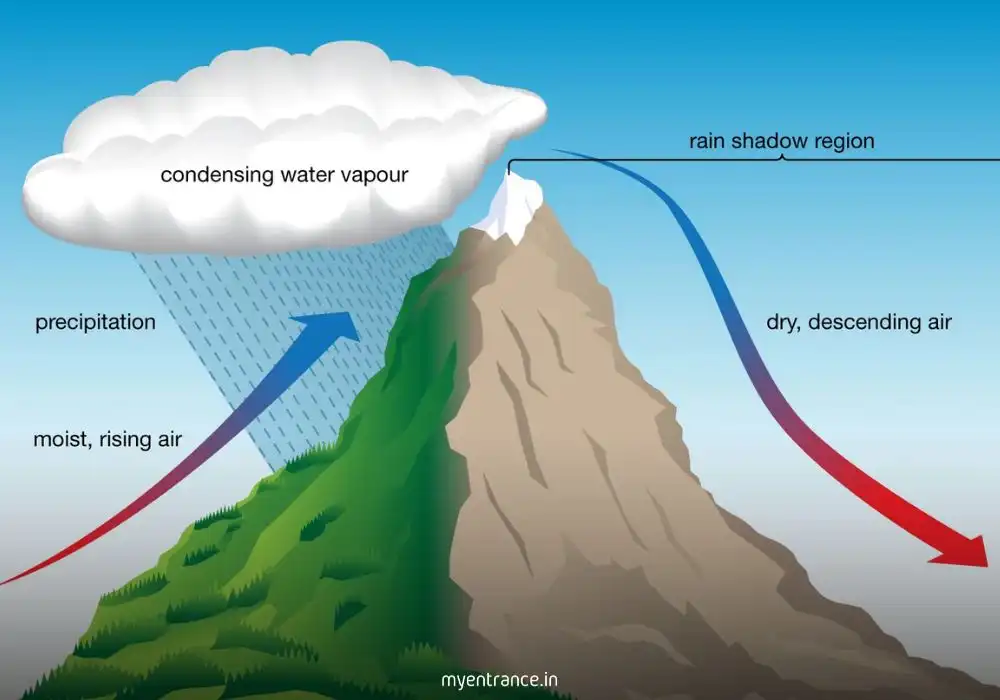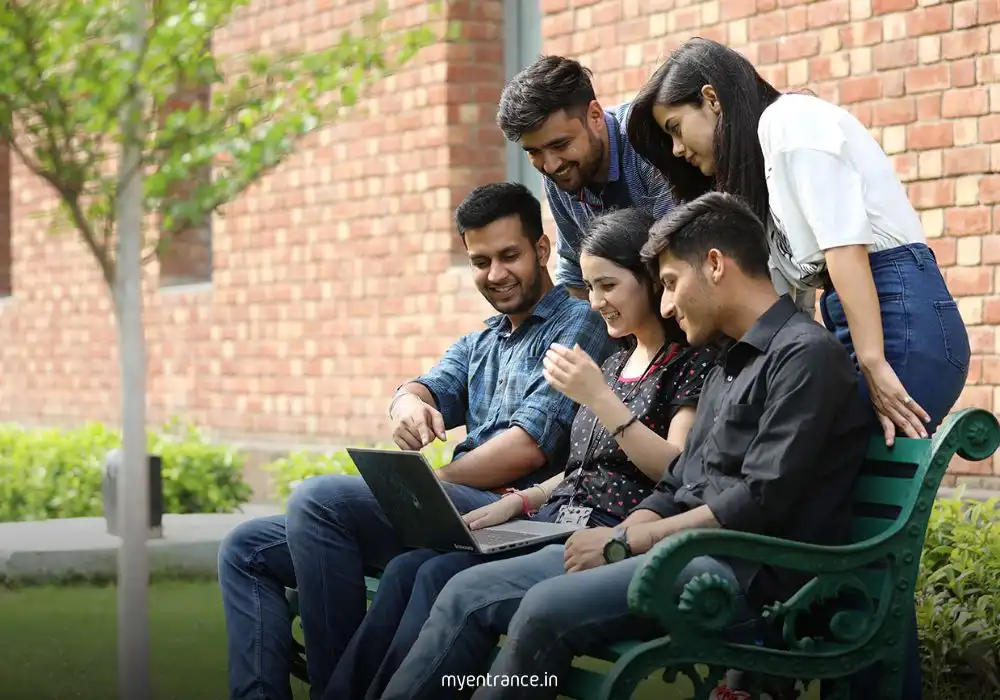Translate Language
Daily Current Affairs Quiz and Key Pointers: 28-07-2025
Today’s current affairs covertopics from PM Internship 2024 applications and UP’s river revival scheme to AI’s threat to jobs and school safety audits, today’s current affairs cover crucial updates for competitive exams. Discover how mangroves combat climate change, why the Chola Empire dominated for centuries, and which animals survive on almost no sleep. Stay ahead in your exam prep with these key insights!

1. PM Internship 2024: Round 2 Application Guide
The second round of the PM Internship Scheme 2024 is now open, offering graduates a chance to gain hands-on government experience. Here’s what you need to know:
Eligibility: Final-year students or graduates (within 18 months of graduation) from any discipline.
Duration: 2 months, with a possible extension.
Stipend: ₹10,000 per month.
Application Process: Submit via the official portal before the deadline.
Why It Matters: This internship enhances employability, especially for civil service aspirants, by providing exposure to policymaking.
Quick Quiz:
Q1. What is the stipend offered under the PM Internship Scheme?
A: ₹10,000 per month.
Q2. Who is eligible to apply for the PM Internship?
A: Final-year students or graduates within 18 months of completing their degree.
Q3. Can the internship duration be extended?
A: Yes, extensions are possible based on performance.
Read More: PM Internship 2024 – Complete Guide
2. Mangroves vs. Rainforests: Who Stores More Carbon?
Recent studies reveal that mangroves store 4x more carbon per hectare than rainforests, making them vital for climate change mitigation. Key takeaways:
Carbon Sequestration: Mangroves trap CO₂ in dense root systems and soil.
Threats: Deforestation and coastal development endanger these ecosystems.
Global Impact: Protecting mangroves could significantly reduce global emissions.
Why It Matters: Environmental questions frequently appear in UPSC, SSC, and PSC exams.
Quick Quiz:
Q1. How much more carbon do mangroves store compared to rainforests?
A: 4 times more.
Q2. What makes mangroves highly efficient at carbon storage?
A: Their dense root systems and waterlogged soil.
Q3. What is the biggest threat to mangroves?
A: Deforestation and coastal urbanization.
Read More: Mangroves – The Carbon Superheroes
3. Uttar Pradesh’s Ambitious River Rejuvenation Project Explained
The Uttar Pradesh government has launched a River Rejuvenation Scheme to revive dying rivers and improve water security. Here’s how it works:
Key Focus: Cleaning, dredging, and recharging groundwater along major rivers like Gomti, Sai, and Varuna.
Community Participation: Locals are involved in tree plantation and preventing pollution.
Long-Term Goal: Sustainable water management to combat droughts and floods.
Why It Matters: Environmental policies and state initiatives are common topics in UPSC, PSC, and SSC exams.
Quick Quiz:
Q1. Which rivers are prioritized under UP’s River Revival Scheme?
A: Gomti, Sai, and Varuna.
Q2. What are the main activities under this project?
A: Cleaning, dredging, groundwater recharge, and afforestation.
Q3. How does the scheme involve local communities?
A: Through tree plantation drives and pollution control initiatives.
Read More: UP’s River Revival – A Detailed Breakdown
4. The Chola Dynasty: Secrets of Their 1,500-Year Dominance
The Chola Empire (300 BCE–1279 CE) was one of history’s longest-ruling dynasties, known for its military prowess, naval power, and cultural influence. Key highlights:
Naval Supremacy: Controlled trade routes from Southeast Asia to the Indian Ocean.
Architectural Marvels: Built iconic temples like Brihadeeswarar.
Administrative Genius: Efficient governance with decentralized local bodies.
Why It Matters: Ancient Indian history is crucial for UPSC, state PSCs, and NID/NIFT general knowledge sections.
Quick Quiz:
Q1. What made the Chola navy so powerful?
A: They dominated Indian Ocean trade routes.
Q2. Name one iconic temple built by the Cholas.
A: Brihadeeswarar Temple (Thanjavur).
Q3. How did the Cholas administer their vast empire?
A: Through decentralized local governance (gram sabhas).
Read More: The Chola Empire – Rise & Legacy
5. Animal Insomnia: 5 Creatures That Thrive on Minimal Sleep
While humans need 7–8 hours of sleep, some animals survive on almost none. Here are 5 species with unusual sleep patterns:
Giraffes: Sleep just 30 minutes a day (in 5-minute naps!).
Bullfrogs: Stay alert for months without deep sleep.
Alpine Swifts: Fly non-stop for months, sleeping mid-air.
Elephants: Sleep 2–3 hours, often standing.
Dolphins: Sleep with one brain hemisphere active to avoid drowning.
Why It Matters: Biology-based questions appear in UPSC, SSC, and science-related entrance exams.
Quick Quiz:
Q1. How long do giraffes sleep per day?
A: Around 30 minutes.
Q2. Which animal sleeps with half its brain awake?
A: Dolphins.
Q3. Why do alpine swifts sleep while flying?
A: To migrate long distances without stopping.
Read More: Animals That Defy Sleep – Surprising Facts
6. AI & The Future of Jobs – A Student’s Survival Guide
With AI advancing rapidly, students must adapt their skills to stay employable. Key insights:
At-Risk Jobs: Data entry, basic coding, and repetitive roles.
Safe Careers: AI management, creative fields, and human-centric jobs.
Adaptation Tips: Learn AI tools (ChatGPT, Python), focus on problem-solving, and develop emotional intelligence.
Why It Matters: Career trends and technology-based questions appear in competitive exams like UPSC and KAS.
Quick Quiz:
Q1. Which jobs are most vulnerable to AI automation?
A: Data entry, basic programming, and repetitive tasks.
Q2. Name one skill that AI cannot easily replace.
A: Emotional intelligence or creative thinking.
Q3. How can students prepare for an AI-driven job market?
A: By learning AI tools, critical thinking, and adaptability.
Read More: AI vs. Jobs – What You Should Learn Now
7. Emergency Safety Audits in Schools – What Parents Should Know
After recent incidents, the Ministry of Education (MoE) has mandated nationwide school safety audits. Key updates:
Fire Safety Checks: Emergency exits, extinguishers, and evacuation drills.
CCTV & Anti-Bullying Measures: Monitoring systems and student protection policies.
Parental Awareness: Schools must share safety reports with guardians.
Why It Matters: Policy-based questions appear in UPSC, KAS, and teacher eligibility tests.
Quick Quiz:
Q1. What is the purpose of MoE’s school safety audits?
A: To ensure child security via fire checks, CCTV, and anti-bullying steps.
Q2. What must schools provide to parents under the new rules?
A: Safety audit reports and emergency protocols.
Q3. Name one critical fire safety requirement for schools.
A: Functional extinguishers and clear evacuation routes.
Read More: School Safety Rules – Latest Updates
Get 3 Months Free Access for SSC, PSC, NIFT & NID
Boost your exam prep!
Use offer code WELCOME28 to get 3 months free subscription. Start preparing today!







